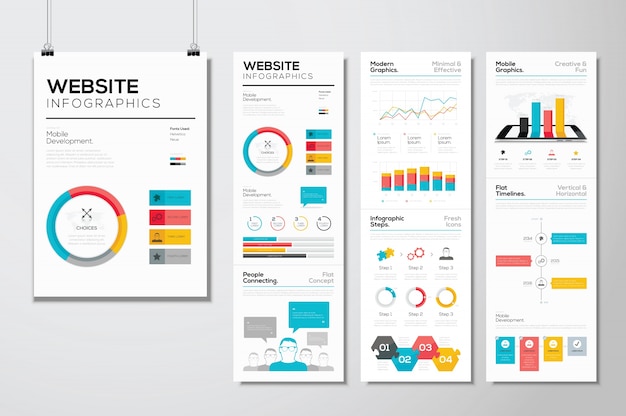Eager To Find Exactly How Internet Site Design Has Changed Gradually? Study The Advancement From Simplicity To User-Focused Experiences
Eager To Find Exactly How Internet Site Design Has Changed Gradually? Study The Advancement From Simplicity To User-Focused Experiences
Blog Article
Created By-Kahn Hejlesen
In the past, internet sites were basic and focused on info. Navigating was direct, and style was for desktop computers. Now, individual experience is vital. Information overviews layouts for simple navigation. Responsive formats fit different gadgets. Today, dark mode reduces stress, and minimalist food selections enhance navigating. Interactive features engage individuals, and bold visuals stick out. AI assimilation increases involvement. See just how style has advanced to boost your on-line trip.
Early Days of Web Design
In the early days of website design, simpleness reigned supreme. Websites were fundamental, with restricted colors, typefaces, and formats. The emphasis got on supplying information instead of showy visuals. Customers accessed the web with sluggish dial-up links, so rate and performance were crucial.
Navigation menus were straightforward, generally situated on top or side of the web page. Internet sites were designed for home computer, as mobile browsing had not been yet widespread. Material was king, and designers prioritized simple readability over complicated style components.
HTML was the main coding language made use of, and designers needed to work within its restraints. Computer animations and interactive attributes were very little contrasted to today's requirements. Websites were static, with little dynamic web content or personalized individual experiences.
Rise of User-Focused Style
With the development of web site design, a shift towards user-focused design principles has ended up being significantly prominent. Today, creating sites that prioritize individual experience is vital for engaging visitors and achieving business goals. User-focused layout includes comprehending the demands, choices, and behaviors of your target market to customize the internet site's format, material, and includes appropriately.
Developers now conduct thorough research, such as user surveys and usability testing, to collect understandings and responses straight from individuals. This data-driven method assists in producing user-friendly navigation, clear calls-to-action, and aesthetically enticing interfaces that resonate with site visitors. By putting the customer at the center of the style process, web sites can supply an extra individualized and pleasurable experience.
Responsive design has likewise become a vital aspect of user-focused design, guaranteeing that websites are optimized for different devices and display dimensions. This adaptability improves availability and usability, dealing with the varied means users engage with websites today. In essence, the surge of user-focused style symbolizes a shift towards creating digital experiences that prioritize the demands and assumptions of the end individual.
Modern Trends in Website Design
Discover the latest patterns forming website design today. One prominent fad is dark setting design, providing a smooth and modern-day look while lowering eye pressure in low-light environments. Another crucial trend is minimal navigating, streamlining menus and enhancing user experience by focusing on essential elements. Incorporating micro-interactions, such as computer animated buttons or scrolling results, can produce a much more engaging and interactive web site. Receptive layout stays critical, ensuring seamless user experiences throughout various gadgets. Additionally, using bold typography and unbalanced formats can include aesthetic rate of interest and draw attention to specific material.
Integrating AI technology, like chatbots for consumer assistance or personalized referrals, boosts individual engagement and enhances procedures. Accessibility has additionally end up being a substantial pattern, with developers focusing on inclusive style methods to deal with varied customer requirements. Accepting https://www.forbes.com/sites/forbestechcouncil/2022/01/31/top-three-digital-marketing-strategies-to-master-when-starting-an-online-business/ by enhancing website performance for rate and performance is another emerging fad in website design. Teaming up with customer feedback and data analytics to iterate and enhance style continually is vital for remaining pertinent in the ever-evolving electronic landscape. By accepting these modern-day trends, you can create a visually appealing, easy to use site that reverberates with your target market.
Conclusion
As you assess the advancement of website style from the early days to now, you can see exactly how user-focused design has come to be the driving pressure behind contemporary patterns.
Embrace the journey of change and adjustment in website design, always maintaining the individual experience at the leading edge.
Stay current with the latest patterns and modern technologies, and never ever stop advancing your approach to create visually stunning and easy to use sites.
Progress, adjust, and develop - the future of website design remains in your hands.
